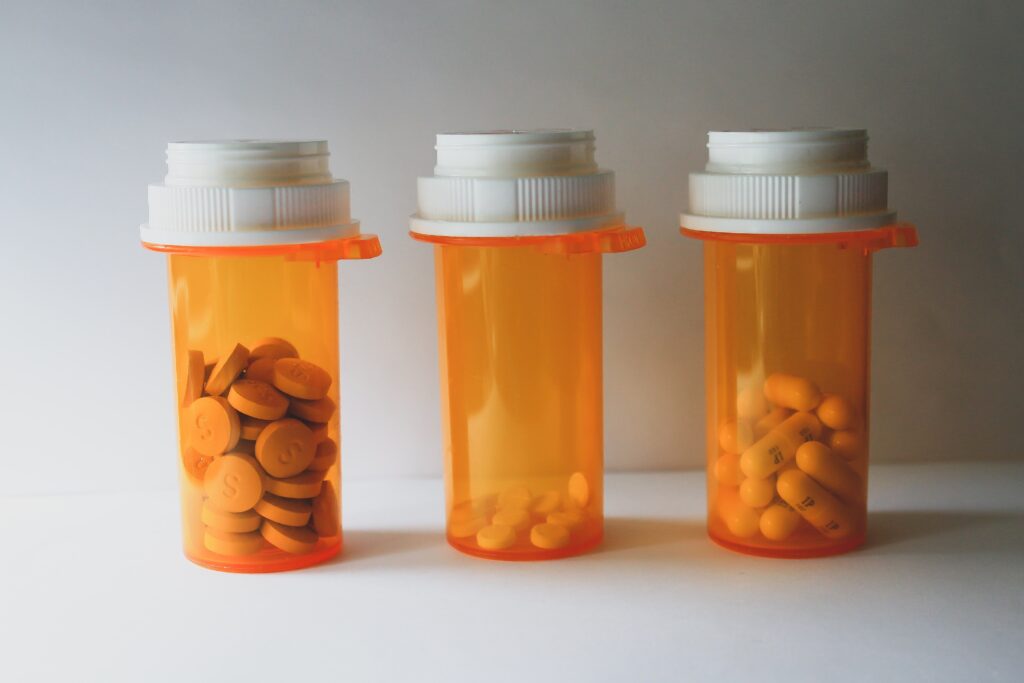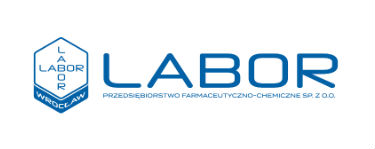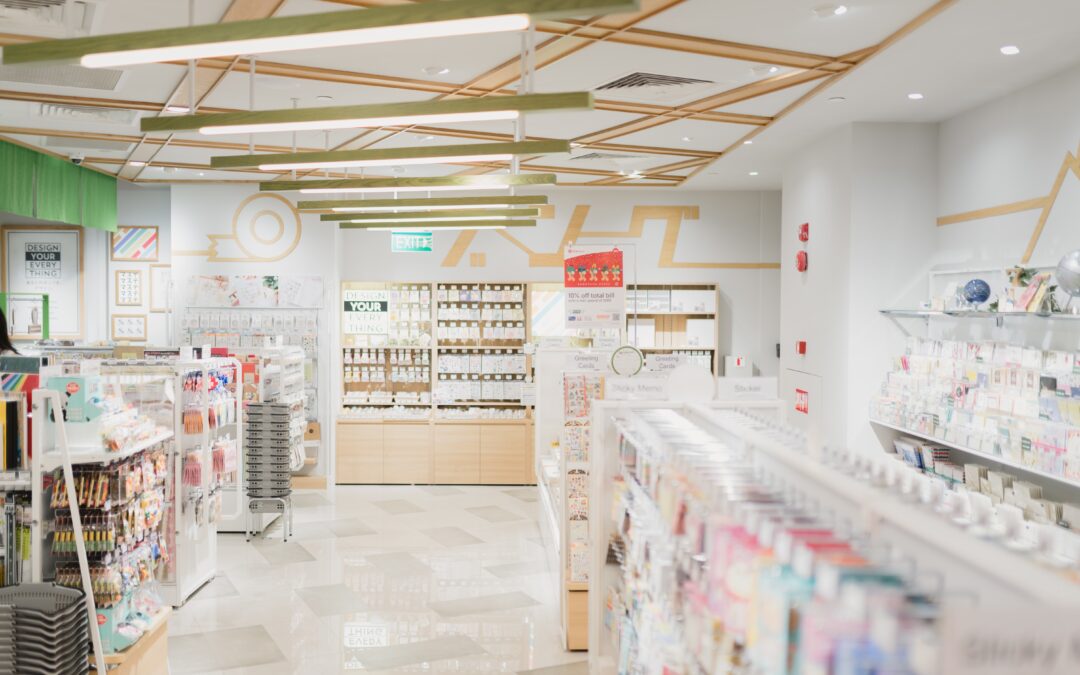A large percentage of drugs prescribed to us by a doctor have a number of equivalents called generics, which are often much cheaper than the original drug. If the doctor prescribes the patient a drug containing, for example, amlodipine (drug used to treat hypertension), the patient has a choice of at least several different products containing the same active ingredient in the same dosage and form (tablets). These drugs usually differ in price (sometimes very significantly!). Choosing the cheapest one allows for a significant reduction in treatment costs, which in the case of a patient taking several medications a day may have a significant
impact on his home budget.
Can drugs be interchanged? The role of Office for Registration of Medicinal Products, Medical Devices and Biocidal Products
The counterpart of the original drug is a drug containing the same active substance in the same dose and having the same absorbability and bioavailability as the original drug, and therefore having the same dosing schedule (dosing according to the original drug) and the same therapeutic indications. They can therefore be used interchangeably as they do not differ from each other. The patient should confidently decide to undergo treatment with generics, i.e. equivalents of original drugs from other manufacturers.
The Office for Registration of Medicinal Products, Medical Devices and Biocidal Products (URPL) ensures that the original medicine and its equivalent are of the same quality. In the long-term registration process of a new drug, the quality of the finished product and its raw materials, as well as its physicochemical properties, such as the rate of release of the active substance or durability throughout the validity period, are carefully checked. All these parameters must correspond to the analogous parameters of the original drug. Thus, for example, the purity of the active ingredient used in the production of the drug equivalent must not be lower than the quality requirements for the active ingredient. Moreover, it is checked whether the manufacturing process of a given drug, as well as the active substance itself, meets the requirements of Good Manufacturing Practice (GMP).

During the registration process, URPL also approves the text of the information about the drug: Summary of Product Characteristics (for a doctor) and Patient Information Leaflet. They contain the same data on indications and dosage, information on possible side effects, interactions, or important warnings. Thus, it is URPL that assesses and guarantees that the quality and safety of the original drug and its replacement are the same, and that the lower price of the counterpart does not mean its lower quality.
Drug and dietary supplement
Remember, however, that the possibility of switching only applies to drugs! There are a number of dietary supplements on the market that contain the same active ingredient, for example ascorbic acid (vitamin C), in the same dose as the drug. However, dietary supplements are not drugs! This is just a food intended to supplement a normal diet. They do not have therapeutic indications, they do not undergo the registration process in the URPL (it is enough to report to the Chief Sanitary Inspector), they do not have to be manufactured in accordance with the restrictive GMP requirements and are not subject to such thorough and mandatory control as drugs. For these reasons, they cannot be considered substitutes.
AUTHOR: Dr n. farm. Andrzej Tarasiuk




